AO Edited
Pelješac Bridge
Construction of this bridge was once described as an "act of violence" against a neighboring country.
This Croatian bridge may be one of the most politically controversial bridges ever built. Its existence owes much to both the way in which Yugoslavia was subdivided and the necessity for Croatia to comply with the requirements of the Schengen Convention.
Pelješac Bridge provides an uninterrupted link between the southeastern Croatian semi-exclave and the rest of the country. It allows vehicles to bypass the short coastal strip at Neum, which is part of the territory of Bosnia and Herzegovina. The bridge spans the sea channel between the northern Croatian mainland and the Pelješac Peninsula, allowing the possibility of driving entirely through Croatian territory and bypassing any border crossings.
Because of the nature of Schengen area controls, this avoids at least three border checkpoints. The Croatian and Bosnian border forces previously had to make extensive checks upon each exit and entry into and out of their respective territories, resulting in long delays.
The bridge was proposed in 1997 and the planning stage began in 2000. Initially several Bosnian politicians bitterly opposed the building of the bridge, originally planned to be only 115 feet high above the water, because that would have made it impossible for large ships to enter the harbor at Neum—even though the harbor can’t actually accommodate ships of that size.
Bosnian legislators wrote a letter demanding that Croatia should “stop attacking the sovereignty of Bosnia and Herzegovina as a maritime state and stop all activities on building an illegal and politically violent bridge project.” Much of the bad feeling was probably left over from the conflict between ethnically Croat separatists (supported by the newly created state of Croatia) and Bosnians in the 1990s (the so-called “war within a war”).
The Bosnians had previously demanded control of the port of Ploče in exchange for allowing Croatia to link up with the Pelješac enclave via 12 miles of highway. Following a change in design, Croatia stated that the expected height of the bridge of 180 feet would allow all ships to using the existing sea route to pass under the bridge, and that any ship taller than that which intended to dock at a port in Bosnia and Herzegovina could dock instead at Ploče. Controversy seemed to rage until 2017 but eventually the tender for construction was let to a Chinese company for 278 million euros with the majority coming from the EU cohesion fund despite objections from Bosnia.
The final design (by Slovenian engineer Marjan Pipenbaher), as constructed, had an overall length of 7,887 feet. It comprises 13 individual spans, seven of which are cable-stayed. The two pylons around the main navigation channel are 322 feet above sea level and 728 feet above the seabed. It is a beautiful bridge, with a beautiful backdrop, but seems a very expensive solution to a problem which will be solved when Bosnia joins the EU in a few years time. Meanwhile it provides an attractive “punctuation” to the drive from Split to Dubrovnik.

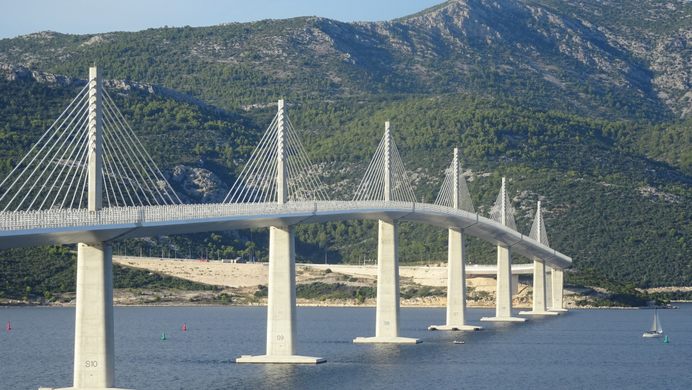

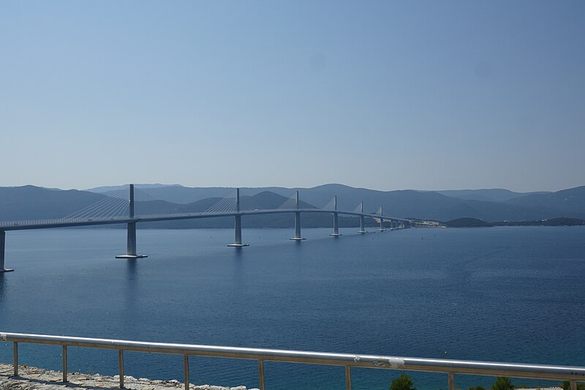






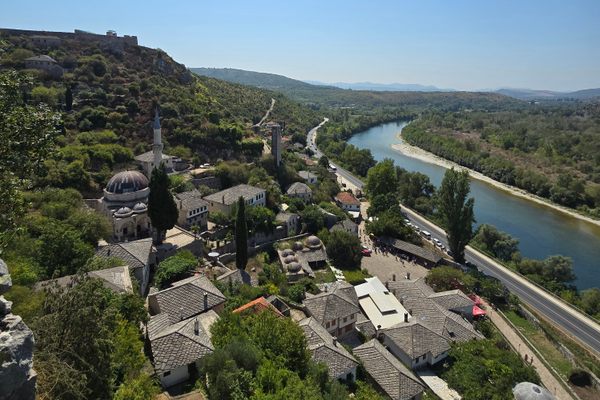

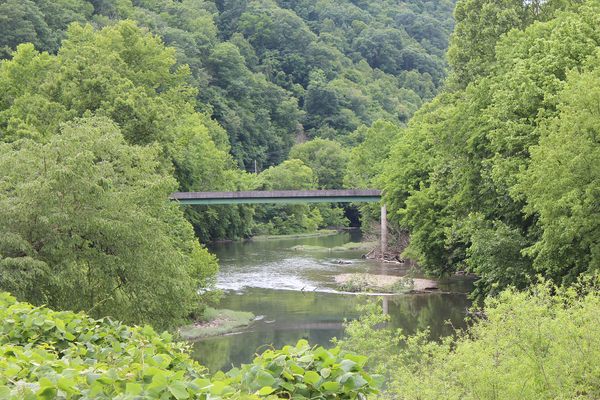

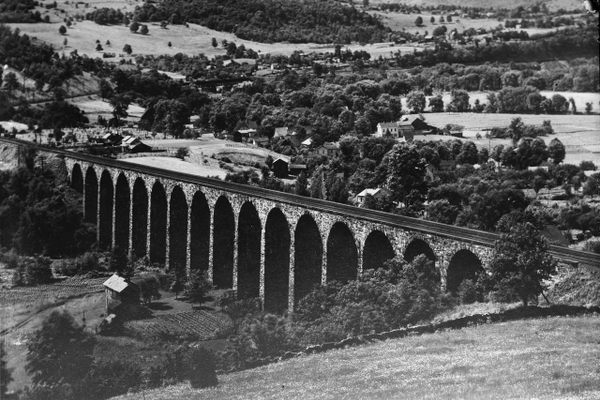

Follow us on Twitter to get the latest on the world's hidden wonders.
Like us on Facebook to get the latest on the world's hidden wonders.
Follow us on Twitter Like us on Facebook